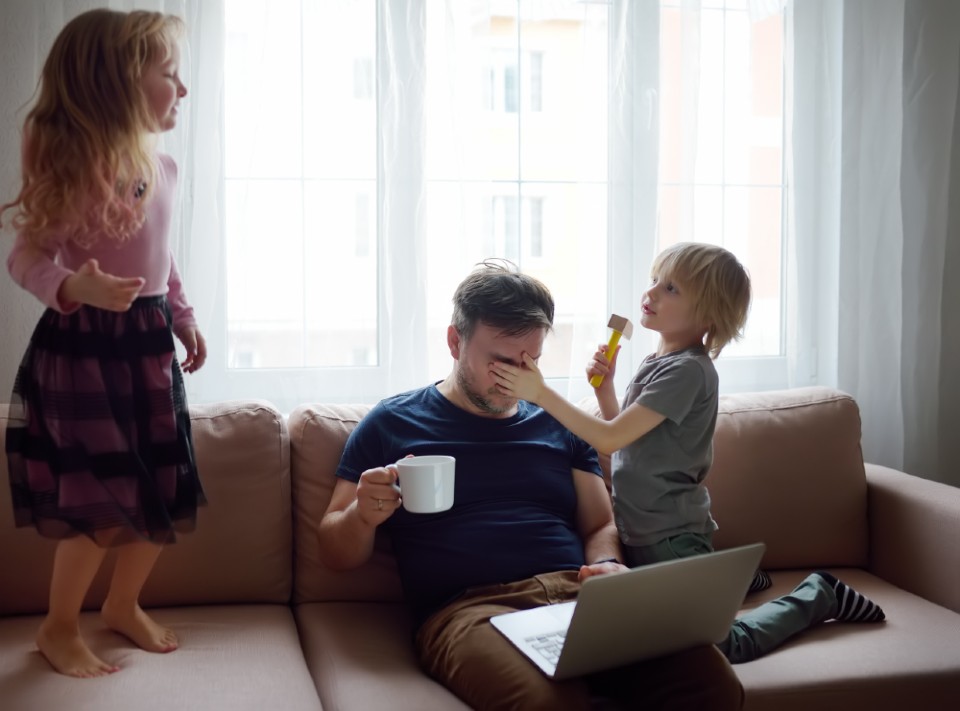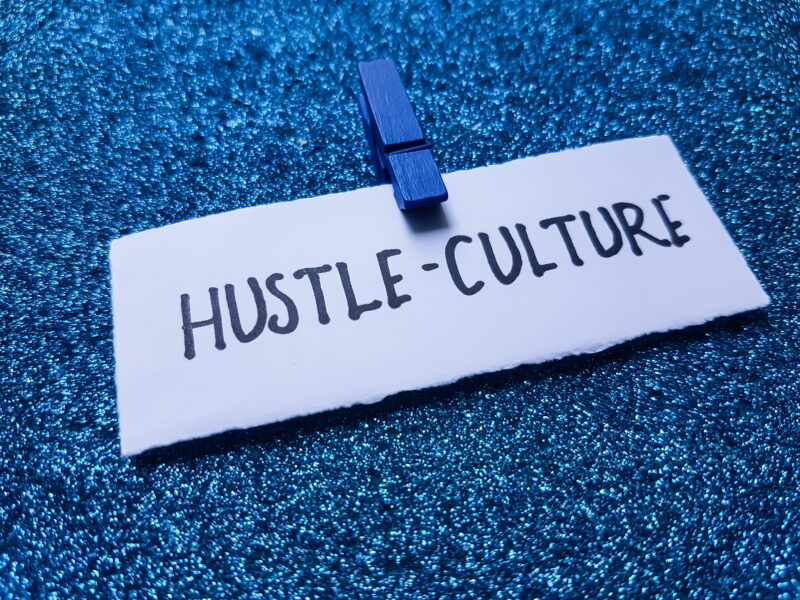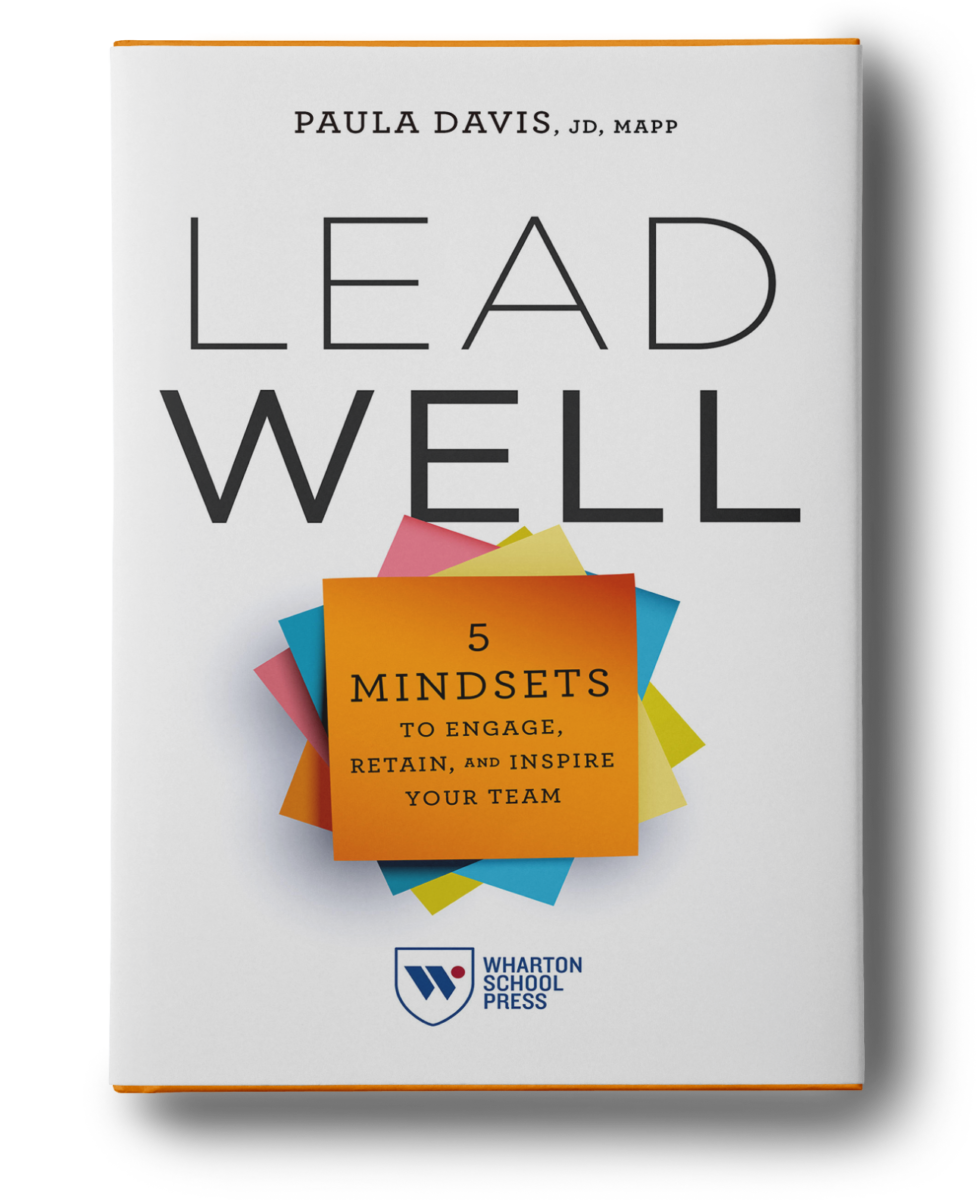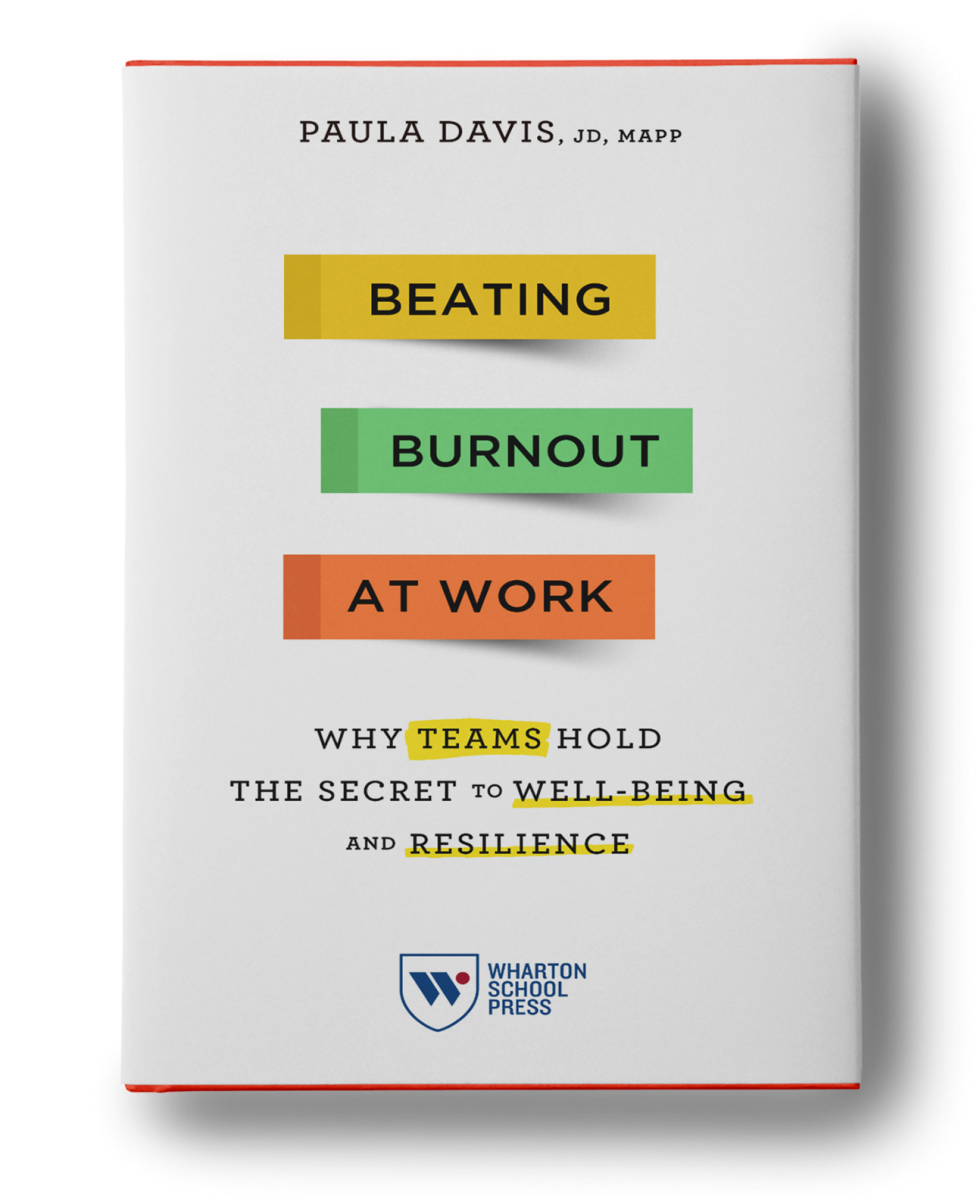The concept of workplace burnout has been around for more than thirty years, and in that time, research has shown specific burnout dimensions, warning signs, and causes. The stress of work in combination with parenting, though, has given rise to a newer body of research on the topic of parental burnout. The research exploring parental burnout has come into sharper focus during the COVID-19 pandemic as parents struggle to manage the realities of remote work in combination with virtual or blended school learning realities for their kids (and keep everyone healthy).
Interestingly, workplace burnout and parental burnout share the same three big dimensions:
- Exhaustion: Feeling chronically physically and emotionally drained. Eventually, chronic exhaustion leads people to disconnect or distance themselves emotionally and cognitively from their work, or in the case of parental burnout, their kids and families, likely as a way to cope with the overload.
- Cynicism: People just bug you and rub you the wrong way, and you start to distance yourself from these people by actively ignoring the qualities that make them unique and engaging, and the result is less empathy and caring.
- Inefficacy: Inefficacy is the “why bother, who cares” mentality that appears as you struggle to identify important resources and as it becomes more difficult to feel a sense of accomplishment and impact in your work or parenting.
While there are a number of sources of parental burnout that are outside of your control (like, when the pandemic will end), there are some strategies you and your family can practice to better manage stress during these most unusual times:
Identify untapped resources. Burnout is caused by an imbalance between your demands (aspects of your day that take consistent effort and energy) and resources (aspects of your day that are motivational and energy-giving), with your demands consistently outweighing your resources. I suspect many parents feel this imbalance daily, but one way to ease burnout is to leverage your resources. While you may initially think of resources in a tangible way, like time and money, I want you to think about how you can leverage the resources you might not normally think about. Your strengths, like kindness, optimism, hope, and perseverance all need to be used right now. Who are the important people in your life who you can connect to with regularity? Having a strong work ethic, talking about small moments of joy, or your sense of humor are other resources to leverage.
Ask, is it helping or harming? Ask whether what you’re thinking, how you’re feeling, or how you’re behaving when under stress is helping or harming? Is what you’re doing (or not doing) getting you closer to your goals and the types of outcomes or relationships you want to have? You might decide that it’s helpful for your six-year-old to get angry and scream because it’s letting out and processing emotion, but when he takes that a step further and hits his little brother on the head, that’s harming. You may decide that spending an extra 30 minutes watching TV is helping because you’re watching the end of a baseball game you enjoy. Conversely, you may decide that pouring that extra glass of wine isn’t doing you much good. The point is that you get to decide, which gives you a measure of control within the stressful event.
Give yourself a break. Just like remembering your small wins can increase motivation, small setbacks can kill it. Self-compassion is the art and science of giving yourself a break, and it can help ease burnout. You really are doing the best you can, even if it just looks like muddling through on most days, but parents can be exceedingly hard on themselves, often pushing toward perfection. When you experience a setback, gain some perspective to avoid the downward spiral of shame, regret, and guilt:
- When you’ve failed, take a moment to describe the emotions you’re feeling. Do you feel self-critical, and if so, what do you say to yourself? Slowing down to check in with yourself about this perspective helps you to understand what you’re feeling before you rush to escape.
- Normalize the setback. You’re not the only person who has lost your patience and yelled at your kids, and it probably won’t be the last time you do it.
- What would you say to a friend who experienced the same setback? We beat ourselves up tremendously when we fail, but would you be just as harsh if your friend approached you with the same set of circumstances?
Use coping strategies that are realistic now. It may have been realistic for you to go for a three-mile run every morning in February, but that may not be the case today. What coping strategies are realistic for you right now? Maybe it’s stepping outside for a few minutes to breathe in some fresh air before your next Zoom call. Or texting for a few minutes with a friend. Or putting on some music and having a dance party with your kids (my four-year-old and I do this all the time, and it counts as exercise!) I have a whole series of Resilience in a Minute videos on my website that offer a variety of stress relief tips in one minute or less. Lower the bar and find what works for you.
Look for good enough. Parents want to make the best and the right choices for their children. Good enough often isn’t the standard when it comes to your kids – you want the very best. Yet, part of what drives so much stress and anxiety in this moment is that you don’t know what the right or best choices are for your kids’ health, education, your own work status, and more. Dr. Barry Schwartz, a psychology professor Swarthmore College and UC Berkeley has actually researched this dynamic. He has found that people who look for good enough (a group of people he calls “satisficers”) are often more content with their choices compared to those who always aim for the best. His recommendation during the pandemic is to look for options that will produce good enough outcomes under the widest set of future states of the world. For parents, he recommends asking this question: “What can I do to make my child’s life satisfying enough no matter what the future holds?”
I must mention that parents need help from systemic sources to navigate this pandemic. Organizations need to step up in a big way and continue to offer support to working parents if they are to have any hope of riding this out for the long term. In the meantime, these strategies are a good start.
Want to know more? Download my free “Is It Stress or Is It Burnout” strategy guide here. You can also learn about our speaking and training programs here.







